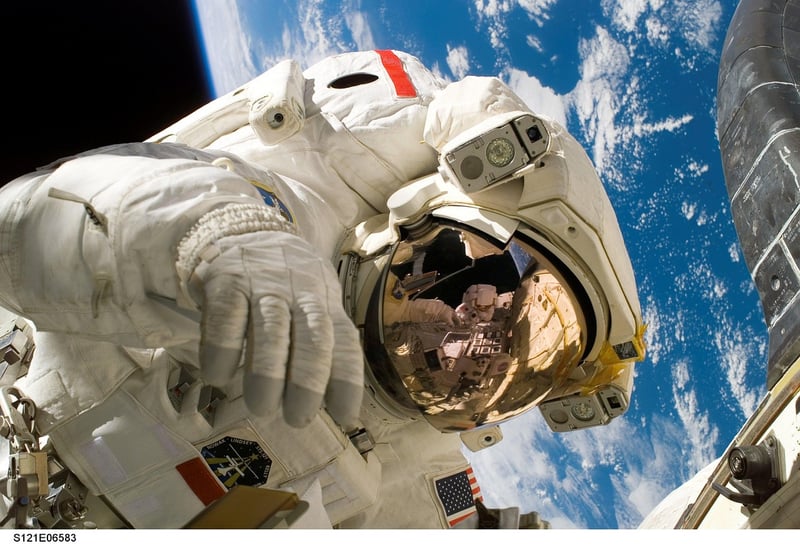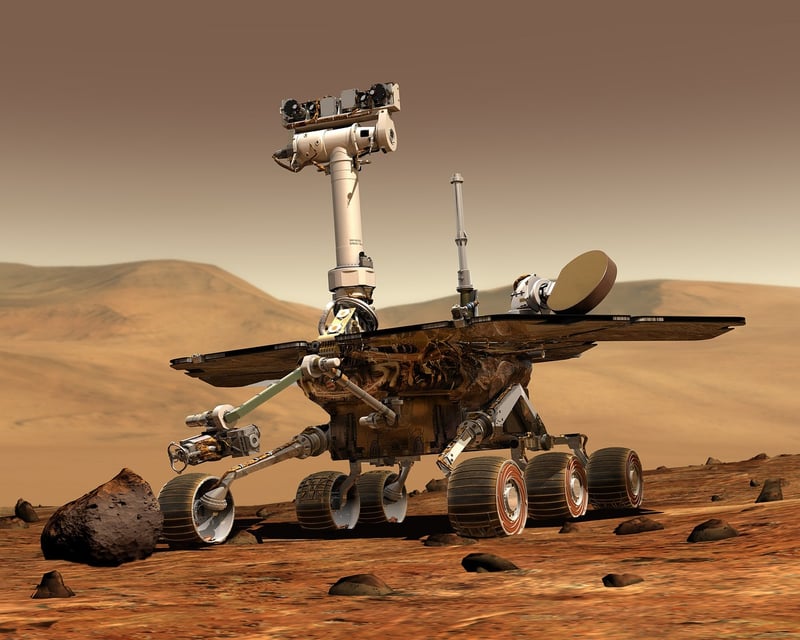Robotic Explorers
Revolutionizing Space Exploration: Technological Advances and Robotic Explorers
Space exploration has always been a fascinating frontier for humanity, pushing the boundaries of our understanding of the universe. With technological advancements rapidly evolving, space missions have become more sophisticated and efficient than ever before. Robotic explorers, in particular, have played a crucial role in expanding our knowledge of outer space. Let's delve into some of the groundbreaking technologies revolutionizing space missions and the incredible feats achieved by robotic explorers.
1. Artificial Intelligence (AI) and Machine Learning
AI and machine learning have transformed the way space missions are conducted. These technologies enable robotic explorers to make autonomous decisions, analyze vast amounts of data in real-time, and adapt to unforeseen challenges. For example, NASA's Curiosity rover uses AI to navigate the Martian terrain, avoiding obstacles and selecting its own scientific targets.
2. 3D Printing in Space
3D printing has revolutionized manufacturing in space. Robotic explorers can now create tools, spare parts, and even entire structures using additive manufacturing techniques. This capability reduces the need to transport pre-made parts from Earth, making missions more self-sustainable and cost-effective.
3. Solar Sails and Ion Propulsion
Solar sails and ion propulsion systems offer efficient means of propulsion for robotic explorers. Solar sails harness the pressure of sunlight to propel spacecraft, enabling long-distance travel without the need for traditional fuel. Ion propulsion systems use electromagnetic fields to accelerate ions, providing continuous thrust for extended missions.
4. Remote Sensing Instruments
Robotic explorers are equipped with a variety of remote sensing instruments to study distant planets, moons, and asteroids. These instruments include cameras, spectrometers, radar systems, and more, allowing scientists to gather valuable data about celestial bodies without direct human presence.
5. Robotic Arms and Manipulators
Many robotic explorers are equipped with robotic arms and manipulators that enable them to interact with their environment. These tools can collect samples, perform experiments, and even conduct repairs on spacecraft. The Curiosity rover's robotic arm, for instance, has been instrumental in analyzing Martian soil and rocks.
Exploring Beyond: The Future of Robotic Explorers
The capabilities of robotic explorers continue to expand, paving the way for ambitious future missions. From exploring icy moons like Europa to studying the atmosphere of Venus, robotic explorers are poised to uncover more mysteries of the cosmos. With each technological leap, humanity's understanding of the universe deepens, opening new possibilities for exploration and discovery.
Join us in celebrating the ingenuity and innovation driving space exploration forward, as robotic explorers venture into the unknown, equipped with cutting-edge technologies that push the boundaries of what is possible.

For more information on space missions and robotic explorers, visit NASA's official website.
